Submitted by WA Contents
Opinion:Why Are Architects (And Everyone Else) Obsessed With Utopia?
United Kingdom Architecture News - Oct 09, 2013 - 13:11 6723 views
Utopia: so hot right now.
Are you a billionaire hedge fund manager, sick of regulators keeping you from making an extra million this afternoon? Give the Seasteading Institute a try. There, you can enjoy the luxury of your libertarian ideals, free from the malcontents who would keep you and your fellow John Galts from reaching your full potential.
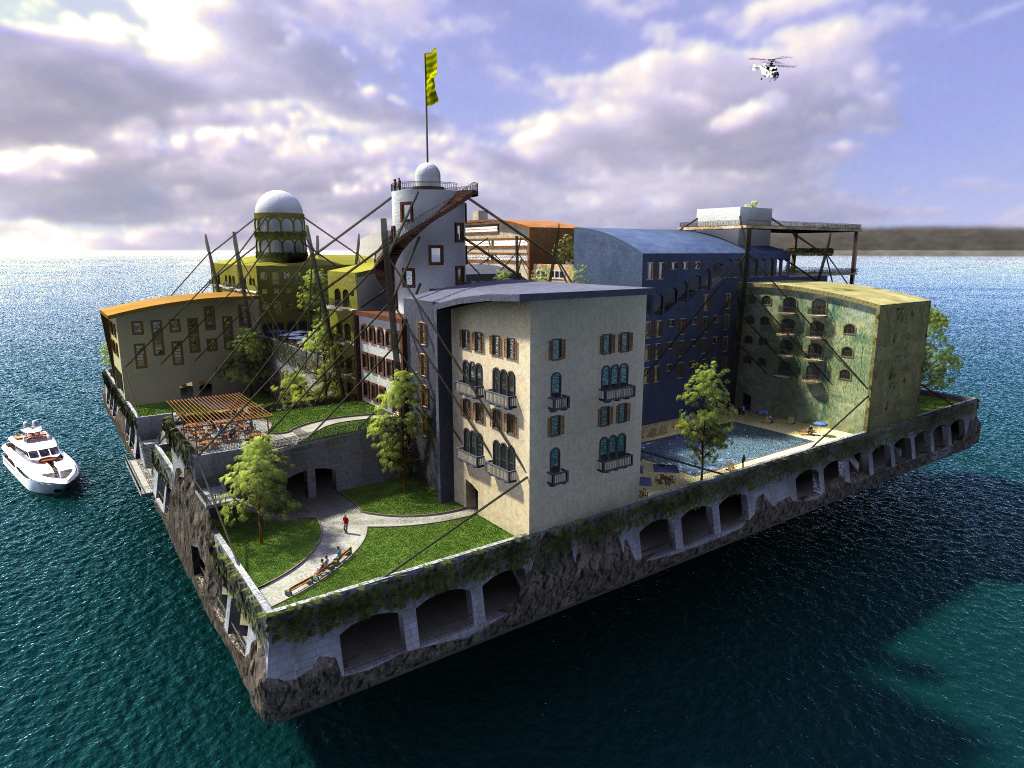
Seasteading Institute. Image via.
Do you worry that Obama will take away your assault rifles? Then move to the Citadel in rural Idaho, a patriotic community of like-minded defenders of the Second Amendment. Bring your firearms and your patriotism—but no Marxists, socialists, liberals, or establishment Republicans allowed.

Citadel. Image via.
Or maybe you're not worried about personal liberty at all. Maybe you're worried about income inequality; maybe you joined the 99% in Zuccotti Park. Occupy Wall Street had key features of utopia too—reconfigured social relationships (communitarian governance) and unattainable goals (abolish capitalism!)—until the NYPD turned it into a dystopia of police batons and pepper spray.
Occupy Wall Street. Image via
Yes, the world is a scary place. And when times are tough, people often console themselves with thoughts of utopia. The two most paradigmatic literary examples of utopian societies, Plato'sRepublic and Thomas More's Utopia, were themselves penned amidst crisis: in the aftermath of the Peloponnesian War, and during the cultural upheaval of the early Renaissance, respectively.
Today, too, we face a host of challenges. The global economy is in shambles. Climate change threatens our coastal cities. American influence has diminished from disastrous conflicts abroad. And the election of President Barack Obama has fueled right-wing paranoia to a degree that hasn't been seen since the civil-rights movement.
Utopia responds to challenges like these in one of two ways, according to urban theorist Lewis Mumford in his 1922 book The Story of Utopias: escape or reconstruction. The right-wing utopias of the Seasteading Institute and the Citadel are forms of escape, withdrawing from corrupt society to create a better one. Occupy Wall Street has elements of both—it tried to retreat from capitalism, yet engaged in tangible relief efforts following Hurricane Sandy.
Architects also turn to utopia in troubled times, proposing world-changing schemes to solve the planet’s ills. But what sets apart the architectural utopias of today from those of the past is just how optimistic they are. Rather than escape, these architects are trying to reconstruct the world in modest ways that might actually be achievable.
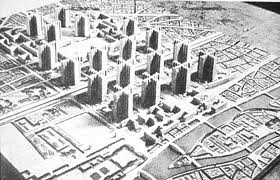
Plan Voisin, Le Corbusier.
First, a quick recap. As we’ve mentioned before, modern architecture was founded on utopian ideals, including the premise that new architecture would usher in a glorious new future. It didn't work, as anyone who watched Corbusier's “towers in the park” devolve into mismanaged public housing could see.
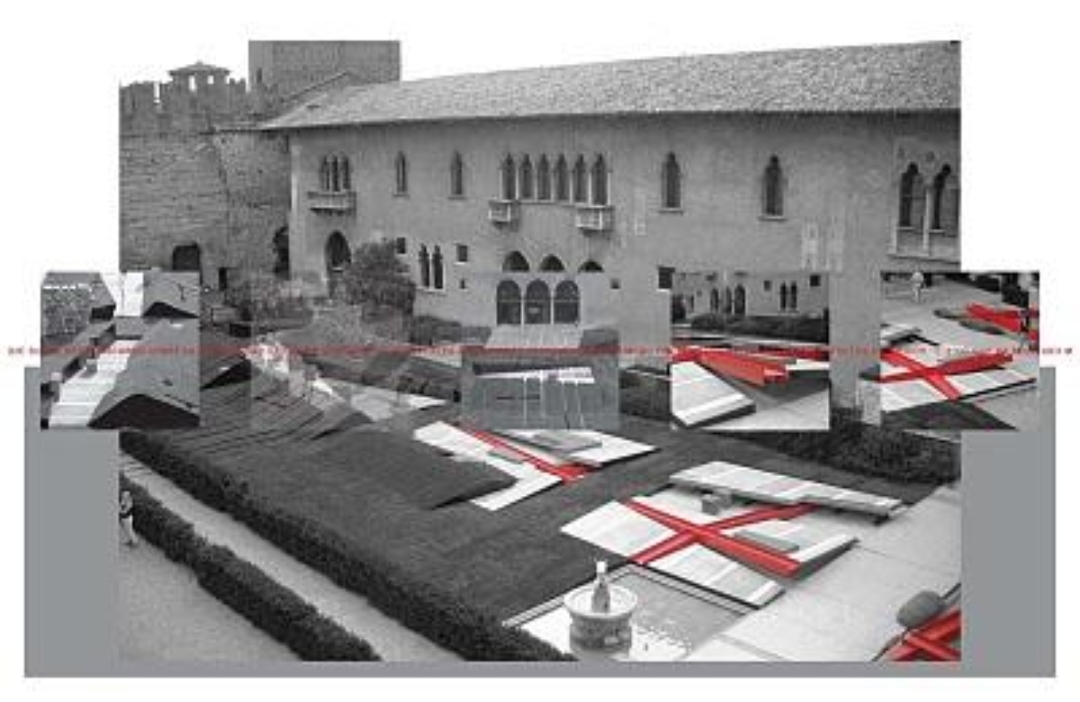
Eisenman
Postmodernism reacted against this failed idealism, for the most part, by retreating. Peter Eisenmansought the limit-point of an architecture that referred to nothing but the Cartesian grid, while others quoted ironically from the architectural languages of earlier eras. Still, as we noted in our second installment, a few avant-gardists kept the utopian impulse alive: Buckminster Fuller put faith in technology, Archigram in megastructures, Superstudio in photomontage, and Ant Farm in performance art. (Few of them actually built anything, thanks to the oil crisis and 1970s stagflation.)

Media Burn, Ant Farm. Image via
When the economy recovered, formalism came roaring back, now punch-drunk on the wine of computer-aided design. “Starchitecture,” the Bilbao Effect, “icons,” and even design blogs like this one all resulted from the newfound ability to design eye-popping shapes, the easy capital to build them, and an Internet culture to proliferate the renderings and photos. But all that came to a halt again in 2007, when credit markets froze and stopped construction worldwide.
Where does that leave architects today? Backlashing against the earlier period of excess. There’s a renewed interest in utopia, but this time it’s a modest one, characterized by engagement with the world instead of escape from it. These aren't grandiose fantasies, but attainable results.
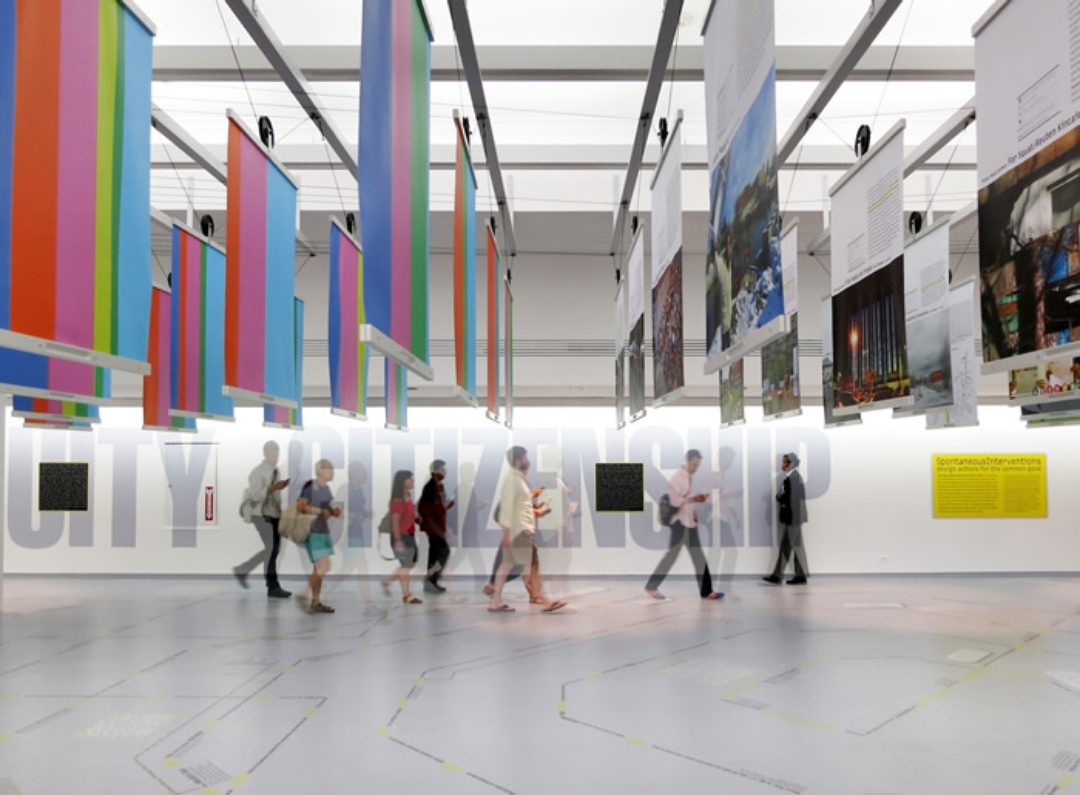
Spontaneous Interventions.
This new modesty got its biggest showcase at the 2012 Venice Biennale, with Spontaneous Interventions: Design Actions for the Common Good at the American pavilion. Following the recession, curator Cathy Lang Ho decided to focus on the small, tactical interventions architects and artists have made to improve the city, including initiatives like parklets, urban farms, and pop-up public spaces. A similar, ongoing exhibition entitled Brooklyn Utopias specifically explores Brooklyn as a site of urban experimentation and is currently focused on transit proposals.
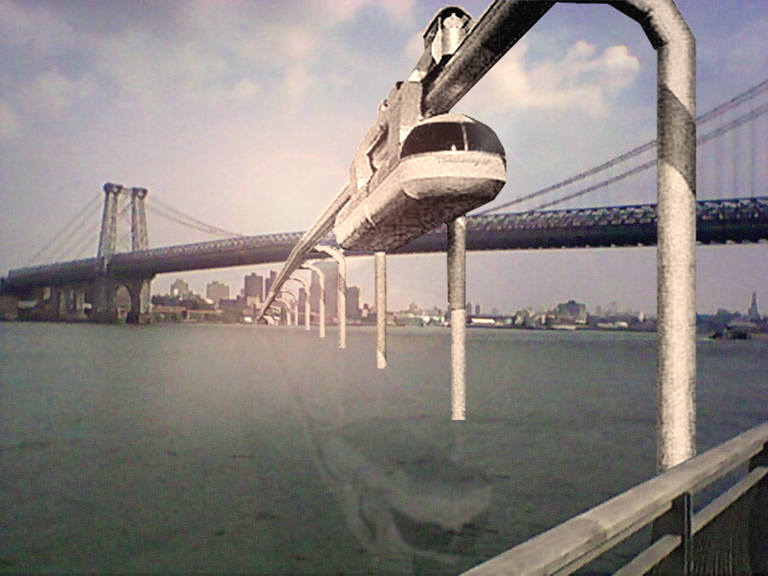
Brooklyn Utopias. Image via.
America's declining economic may lead many firms to engage with Asian developers, which is the premise behind AIA New York's new exhibition Practical Utopias: Global Urbanism in Hong Kong, Seoul, Shanghai, Singapore, and Tokyo. (Disclosure: my firm, NBBJ, contributed Shanghai's Bund to the exhibition.) Sure, those firms may be chasing the work available in Asian megacities, but they're also actively improving urban life through public space, transit, and green initiatives.
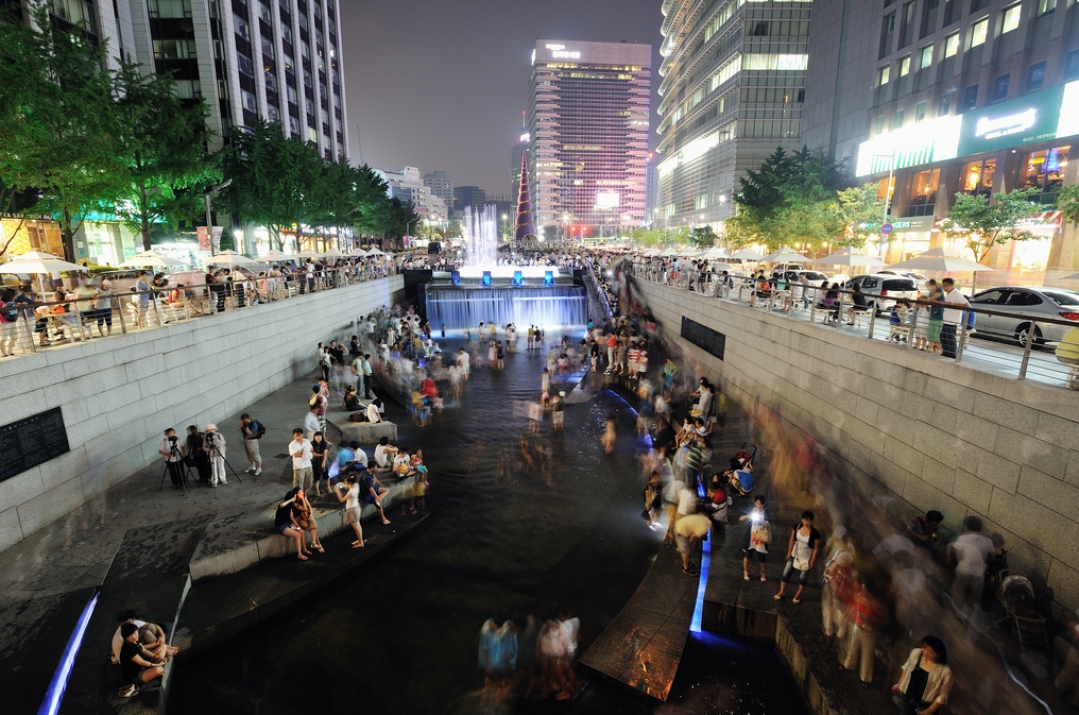
ChonGae Canal Restoration Project, Mikyoung Kim Design. Image via.
Finally, architects' environmentalism can almost be taken for granted—we're all green now. So while the late Paolo Soleri was an essential voice in the wilderness (continued interest in his life and his utopian community, Arcosanti, inspired the new film The Vision of Paolo Soleri: Prophet in the Desert), I doubt that many people think self-contained desert settlements are the only valid solution to our environmental challenges. Instead, we're building “passivhäuser” (ultra-low-energy buildings) and landscapes that work with nature instead of trying to control it.

Arcosanti, Paolo Soleri.
The very word “utopia” has a double meaning. In the original Greek, it sounds like both “good place” and “no place,” the implication being that the “good place” doesn't exist, that it's literally “nowhere.” But in a more important sense, utopia isn't a place at all—it's an impulse, a desire for positive change. And isn't that why we got into architecture in the first place?
Maybe utopia isn't some unattainable castle in the sky—maybe it's just the blueprint for a better world. As Mumford wrote in The Story of Utopias: “It is absurd to dispose of utopia by saying that it exists only on paper... Precisely the same thing may be said of the architect's plans for a house, and houses are none the worse for it.”
by Carl Yost
CARL YOST IS A COMMUNICATIONS MANAGER FOR NBBJ. HE HAS WRITTEN FOR FORBES, ARCHITECTURAL RECORD, AND THE ARCHITECT'S NEWSPAPER, AMONG OTHER PUBLICATIONS. INTERESTED IN CONTRIBUTING TO ARCHITIZER? EMAIL US AT [email protected].
> via Architizer

